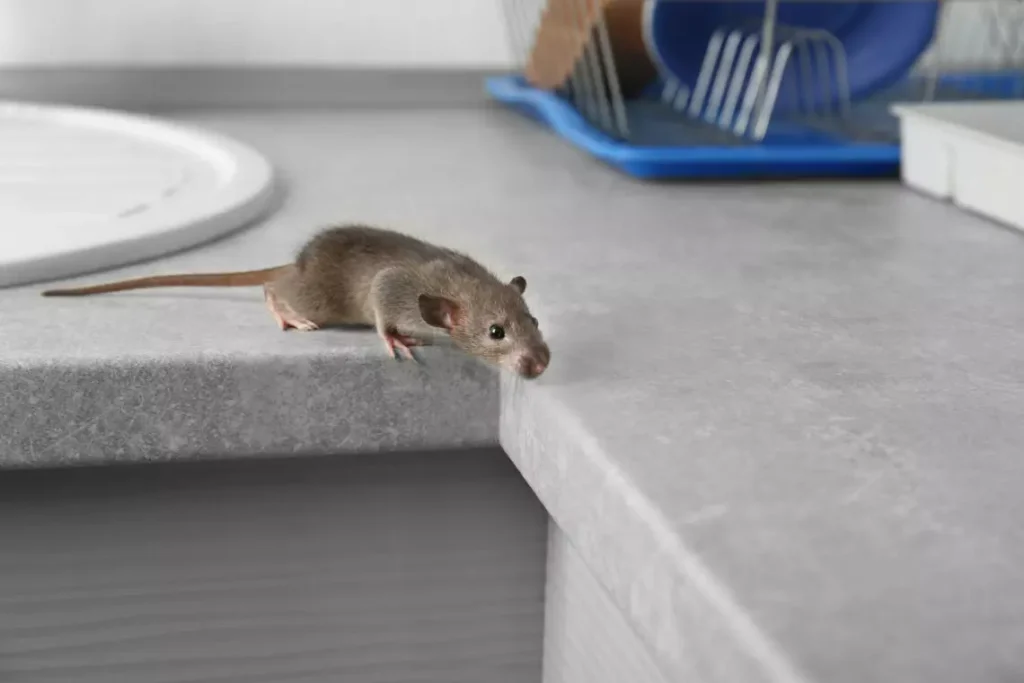Revolutionizing Pest Management: The Role of AI Mouse Traps in Grocery Retailers
Share
In the fast-evolving landscape of grocery retail, businesses are increasingly adopting innovative tools to tackle persistent challenges. One such technological marvel making a significant impact is the implementation of AI mouse traps. These advanced devices not only improve pest control efficiency but also foster a safer, more hygienic atmosphere for food storage and shopping experiences.
AI mouse traps for grocery retailers mark a transformative shift, aimed at resolving the long-standing issue of rodent infestations with unmatched accuracy and effectivity. By utilizing artificial intelligence, these traps enable real-time monitoring and proactive measures, dramatically reducing damage and the risks of contamination.

How AI Mouse Traps Work
The secret behind AI mouse traps is their advanced sensor technology, which detects even the slightest motion and heat, accurately pinpointing rodent presence. Upon confirming a capture, the system promptly alerts the store manager or pest control team, allowing for swift action. This instant response feature is a game-changer compared to traditional traps that rely on manual inspections.
Additionally, machine learning algorithms enhance these traps' efficiency over time. By consistently analyzing rodent behaviors and movement patterns, they refine their detection capabilities, which is vital for maintaining a pest-free environment amidst variable store layouts and seasonal rodent activity fluctuations.
Advantages for Grocery Retailers
The deployment of AI mouse traps delivers numerous benefits crafted specifically for grocery retailers. With the prevalence of food products and many potential entry points for pests, conventional pest control methods often prove inadequate. The AI-driven approach enables retailers to catch rodents before they can pose a serious problem.
Moreover, this technology leads to a significant decrease in the use of harmful chemicals within stores. Traditional pest control often employs toxic substances that can jeopardize food safety and public health. However, AI solutions minimize this dependence, presenting a safer and environmentally friendly choice.
Success Stories in the Industry
Numerous grocery chains have adopted AI mouse traps and noticed remarkable results. For example, one well-known chain reported a staggering 50% decline in rodent sightings along with a noticeable drop in product loss due to contamination. AI traps have become a key component of their overall pest management strategy, leading industry experts to champion their widespread use.
By investing in AI mouse traps, grocery retailers not only protect their inventory but also improve their store's reputation for cleanlinessa quality that todays consumers prioritize. For more insights on effective pest management methods within the food sector, explore McCloud Services.
Emerging Trends and Future Prospects
The shift towards AI-driven solutions in grocery retail is still in its infancy. As technology advances, we can anticipate even greater integration with other smart systems, providing a comprehensive management strategy that addresses multiple operational facets. This all-encompassing approach is poised to streamline processes, enhance safety measures, and ultimately elevate consumer shopping experiences.
In an industry characterized by rapid change, embracing cutting-edge solutions such as AI mouse traps may well be what distinguishes successful retailers from those who struggle to keep pace. By adopting these innovative technologies, grocery stores can maintain their competitive advantage and ensure customer satisfaction.
Final Reflections
The deployment of AI mouse traps represents a pivotal advancement in pest management strategies, merging necessary functionality with technological innovation. These traps offer more than just a means to capture rodents; they embody a broader trend toward creating safer, more efficient retail settings. They highlight the capacity of AI to address practical concerns in ways that enhance both business operations and customer experiences alike.
For deeper insights into proficient pest control techniques, consider reading The Mouse Pad, which delves into essential pest control insights within food processing and retail contexts.

Common Questions
What is the mechanism behind AI mouse traps?
AI mouse traps operate through a combination of sensors and machine learning algorithms, facilitating the detection, monitoring, and capturing of rodents effectively. They send real-time alerts to pest management teams to enable prompt responses.
Are AI mouse traps a good investment for small retailers?
While the initial setup costs may exceed those of traditional traps, the long-term benefitssuch as reduced product losses, improved detection rates, and enhanced safety measurescan render AI solutions a wise investment for retailers of any size.
How do AI mouse traps affect environmental sustainability?
By significantly cutting down the reliance on harmful chemicals, AI mouse traps provide a more sustainable and environmentally friendly alternative compared to conventional pest management methods.
For additional guidance on managing pest control strategically, explore effective pest solutions.
This article contains affiliate links. We may earn a commission at no extra cost to you.
